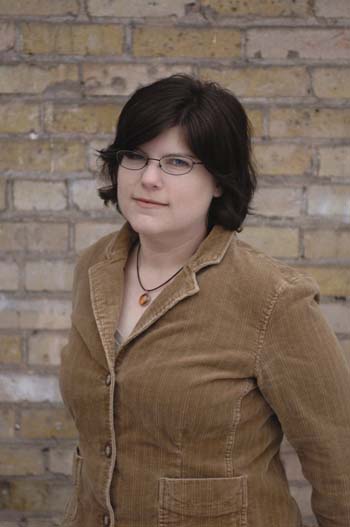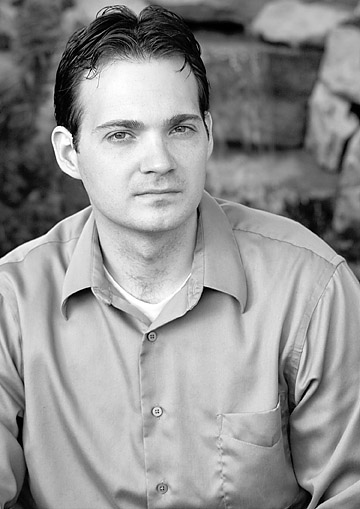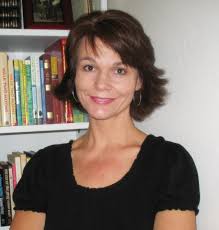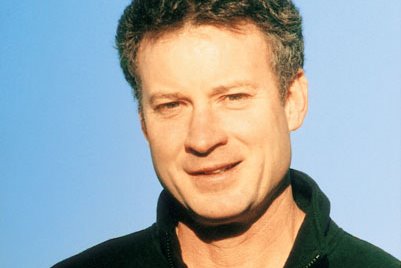We have a very vibrant publishing market here in Utah. Most of the books published are for the LDS market, and every spring, at the end of the LDStorymakers Conference, Whitney Awards are announced for LDS authors. This year the winners were:
 Best Romance
Best Romance"Counting the Cost by Liz Adair
 Best Mystery/Suspense
Best Mystery/Suspense"Methods of Madness" by Stephanie Black
Best Yo
 uth Fiction
uth Fiction"The Chosen One" by Carol Lynch Williams

Best Speculative Fiction
"Servant of a Dark God" by John Brown

Best Historical Fiction
"The Last Waltz" by G.G. Vandegriff
"The Last Waltz" by G.G. Vandegriff

Best General Fiction
"Hotel On The Corner Of Bitter And Sweet" by Jamie Ford
"Hotel On The Corner Of Bitter And Sweet" by Jamie Ford


Best Novel by a New Author A TIE!
Gravity vs. The Girl by Riley Noehren AND I Am Not A Serial Killer by Dan Wells
Though most of these books were published locally and were written for the LDS audience, there are many authors who have been very successful in the national market. Here are a few of them:
Shannon Hale
Shannon is one of my very favorite authors. If you have the chance to hear her speak, don't pass it up! As Apple can confirm, she is funny, charming, clever and fun. However, she is the mother of two and is expecting twins so she has dramatically curtailed her activities. She is a writer who likes to write in a variety of genres, but my favorites are her young adult fantasies. The next one will be published in 2011!Jessica Day George
Jessica is a smart, spunky, quick-witted author of young adult fantasies and fairy tale retellings. Her newest book is Princess of Glass. Love her.James Dashner
When I first met James he was being teased by other authors for his unabashed self-promotion, but his ultimate success has been gratifying because he has worked so hard and been so single-minded. His book The Maze Runner (which might appeal to Hunger Games fans) is being made into a movie and you can watch the trailer here.Brandon Sanderson
If you are a fantasy fan then you will know Brandon Sanderson, who received the great distinction of being chosen to write Robert Jordan's final book in The Wheel of Time series. When Jordan died of cancer, two of my sons who had invested in all eleven books of the unfinished series were devastated by the thought that they would never find out how the story ended. Sanderson was also a fan and wrote a beautiful eulogy of Robert Jordan on his blog. Jordan's widow read it and researched Sanderson's writing style. She felt that it was very similar to her husband's, though a bit darker, and invited him to finish the series, which has turned into three books instead of one, only one of which has been published so far. He teaches a writing class at BYU every winter semester and his students rave about him.Richard Paul Evans
Perhaps you all know about Richard Paul Evans' unusual career path. He was an advertising executive when he wrote The Christmas Box. He published and advertised the book himself and it became a local bestseller, which prompted an auction among the world's top publishers. The rest is history, as they say.
Brandon Mull
Brandon Mull makes me smile because he is the nicest guy. He used to be in a comedy troupe and he is funny, too. When he came to the library to speak and sign books he stayed deep into the night, way past library closing time, to sign every last child's copy of Fablehaven. There is no publication date yet for his next series, The Beyonders, which was actually written before the Fablehaven series.Dean Hughes
Hughes has written a handful of books for the LDS market, but most of his 90+ books for children and young adults has been in the national market. In 2008 he received a Lifetime Award at the Whitneys.Tracy Hickman
Hickman is a writer of many fantasy books and a game designer. Think Dungeons & Dragons. This may not be your cup of tea, but he has been very successful.Michael O. Tunnell
Michael is a children's literature professor at BYU. He has published a dozen books, picture books, young adult fantasy, non-fiction, etc. He has also served on two Newbery committees (Maniac Magee and Graveyard Book) and written a popular textbook on Children's Literature that is used in colleges across the country. He is passionate about children's literature and when I found out he despised one of my favorite authors I had to find out why. That was an interesting conversation.Chris Crowe
Chris is a BYU professor who specializes in young adult literature who has published nine books, one of which you all are familiar with: Mississippi Trial, 1955.Caralyn Buehner
This is the only picture I could find of Caralyn. She must be extremely camara shy.Caralyn began writing picture books at the urging of her illustrator husband. I'm so glad he succeeded because Fannie's Dream is one of my favorites!
Ann Edwards Cannon
If only Anne were my next-door neighbor, my best friend from third grade or my cousin (She is LaVell Edward's daughter so she is also Julie Edward's cousin-in-law.) She makes me laugh. Luckily, I get a dose of Anne every Monday morning when I read her column in the Deseret News. She teaches writing classes and works at King's English Bookstore and writes books for children and young adults. Her latest book is called The Loser's Guide to Life and Love, which is about four teenagers and their crushes, mistakes, and misunderstandings one summer in Salt Lake City.Carol Lynch Williams
Carol has written two dozen books for children and teens. Her latest book, The Chosen One, is the highly acclaimed story about a teenage girl who grew up in a polygamist family who decides she doesn't want to be the seventh wife of her 60-year-old uncle.
Sara Zarr

Sara has published three young adult novels and has a fourth coming out this year. An independent filmmaker is making a movie based on her book Story of a Girl.
Mette Ivie Harrison
A few years ago, Mette's husband said, "You are teaching German at the university, writing books, and being a mom. You can only be good at two out of the three. Choose which two you want to do the most." Giving up being a mom was out of the question so she resigned from her professor post. Most of her books are fairy tale retellings.Kimberley Heuston
Kimberley teaches at Waterford, a private high school in Sandy and writes young adult historical fiction and history books.
Sharlee Glenn
Sharlee Glenn lives in our own neck of the woods, in the neighborhood north of Patriarch Adams. She has published a several picture books and a grade school novel.This is by no means a comprehensive list, but this post is far too long as it is.
However, I couldn't resist including other authors who have Utah ties. I, for one, like to claim them.
Aprilynne Pike
Aprilynne was living in Springville while her husband went to BYU's law school when she was offered a great deal of money for her fairy trilogy: Wings, Spells and one yet to be published. They have since moved to Arizona. A few years ago, my sister-in-law was her Young Women's leader and she had no inkling that she would become a famous author.Stephenie Meyer
What can I say? Her level of success doesn't come along very often. Her newest book, The Short Second Life of Bree Tanner will be available free online from June 7 - July 5 at www.breetanner.com.
Orson Scott Card
Perhaps some of you have read Card's historical fiction novels: Rebekah, Sarah, and Rachel and Leah. However, he is most famous for his science fiction novels. He is considered quite the titan in that field.Kristen Chandler
Kristen Chandler is the latest Utah author I've heard about to get a book deal. She was featured in the Deseret News last Sunday and if you are interested, you can read the article here.






















